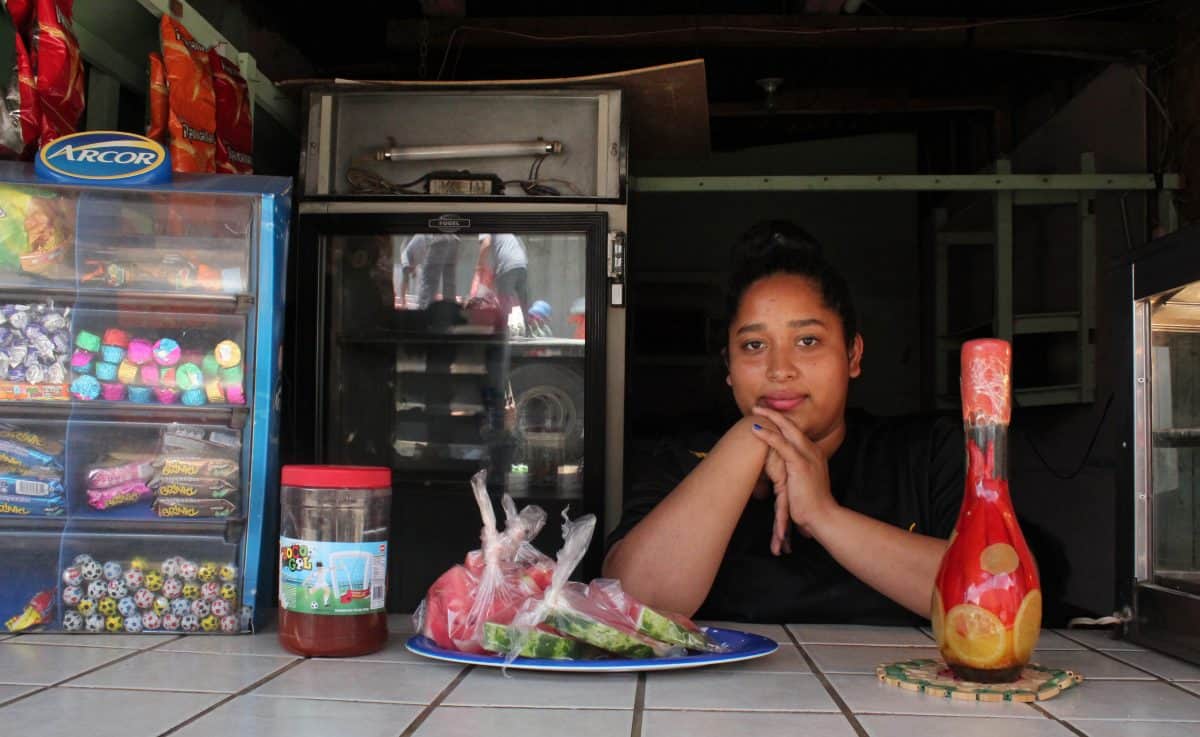On a recent trip to Costa Rica, I had the good fortune of traveling with a local through the downtown neighborhoods of the capitol, San Jose. Some gringos back home refer to San Jose as a rough town, from which you leave immediately for your beach holiday.
Some even travel with English speaking guides who escort them to the Sansa desk at the airport and insure their safe passage to the beach resort. That was not at all my experience.
In my view, the capitol compared favorably to many places in the world that I have visited, and especially to India, where I have lived and worked over the last forty years. The tropical but gentle weather, vibrant multi- ethnic communities speaking a range of languages, colorful markets, smells of spicy cooking, all conjured up an image of the exotic east from within my experience.
Most importantly, the warm embrace of a tolerant, liberal, multicultural democracy with a great health care system and no standing army, created its own internal security. This everyday tranquility translated into the ambient vibe of the people. Sympatico. I always felt safe, welcomed, and accepted.
I met an Egyptian mobile phone technician who refused to charge me for a SIM card. The owner of Larry’s bodega (it had no sign) and I shared memories of our stomping grounds in New Jersey. Of course, we both claimed to know Bruce Springsteen. We ate Chinese food with fresh squeezed orange juice and ceviche. We went to a fancy shopping mall with food prices that rivalled Whole Foods in Washington, DC.
Our visit culminated in a barrio that was said to be among the most notorious in the country, for gun violence and a wide variety of petty crimes. Despite this reputation, we found the population largely hospitable. Uniformed school children crowded onto busses, barefoot kids played soccer in the street, and the occasional goat wandered by.
The locals bought the gringos a beer, and the favor was returned. The kind lady behind the bar treated us each to a tasty chicken wing. Living standards were on the low side, but relatively comfortable by my experience of third world, working class conditions. Open sewers ran down both sides of the street.
I considered it an up-scale Indian-style slum, until my host reminded me that everyone had guns. That was different. In India, even the police do not carry guns.
My experience in India is primarily with a theatre and movie-making company, located in the slum of Chharanagar, in the very large western city of Ahmedabad, from which hails India’s current Prime Minister, Narendra Modi. A quick plane ride to Mumbai. There’s nothing very special about this slum, except that its population is accused of being genetic criminals. That’s unique.
The people who live there do not really practice a disproportionate amount of crime, nor are they addicted to it in their genes. But because they were branded as criminal tribes and habitual offenders during the colonial times, it is easy to round them up as usual suspects. This stereotype determines the attitude of police towards them, and thus their fate, far more than their actual character.
In Chharanager, the youngsters are dedicated to producing culture that will transform their image in the mainstream. They see this as a path to development for themselves and future generations. They do this by mobilizing as citizen historians and video documentarians: recording the stories of their elders, the travails of their current situation, and their dreams for the future.
They post this material to all available platforms; all my friends have YouTube channels and are visible on every available social media outlet. The community has become famous throughout the country for producing an edgy, emotional form of street theatre that is performed on sidewalks and in crowded market places. They don’t wear shoes, and they don’t charge admission. They are passionately dedicated to non-violent social change, primarily through education.
A few days after my leaving this San Jose neighborhood, a disturbance broke out there. A group of migrants had decided to squat on some vacant land, and some of the locals became animated. Police entered the locality in force, deploying tear gas, and the locals responded by erecting barricades of burning tires. I read about this from a safe distance in the local newspaper.
It seemed pretty clear that the police were scared, and had over-reacted with disproportionate force. I don’t know if anyone was killed, but many were terrorized on both sides.
I had a curious thought upon returning home to the US, where we have our fair share of police brutality and public mobilization. What if the uniformed school kids of this locality, who all have cell phones with video cameras, were to begin telling the stories of their families? How their parents and grandparents had come to this barrio under similar circumstances only twenty of thirty years previously, and managed to eak out a stable, if precarious, existence?
What if the school kids created a non-violent, cultural movement based on documenting and publicizing the growth of their community, from the very under-resourced populations who had first settled there? This was their past reality. It might as well be their future story.






